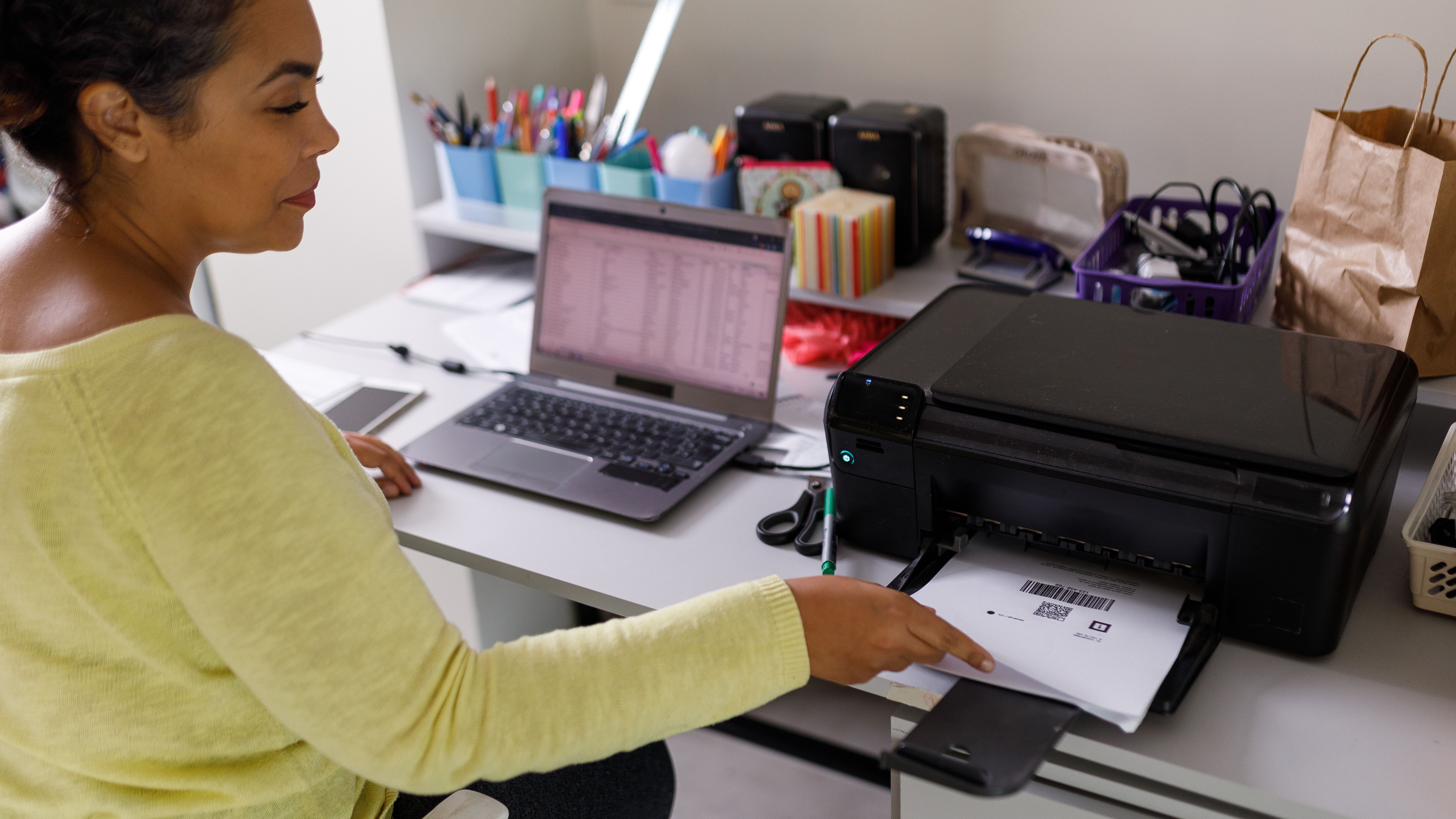How to add a printer to a Windows 10 laptop
It's one of the oldest problems in IT - but luckily one that's easily solved


The ‘P word’ is dreaded by IT teams and techies the world over. It’s sometimes said there are three certainties in life: life, death, and there always being someone needing help printing from their laptop. From tech-phobic family members to employees who can’t figure out the myriad buttons on the company copier, printer problems are perhaps the most common source of frustration in IT.
Adding a new printer to a Windows 10 laptop is among the most common support tasks, but thankfully, it's a relatively straightforward process - albeit one that can be problematic in some instances. Following the instructions supplied by your printer’s manufacturer in the box can provide the solution in most cases, but there may be times when things need a little troubleshooting.
Regardless of whether it's wired or wireless, printing is still essential for many facets of modern life, despite the rise in digital document-signing, e-tickets for events, and other once-physical products shifting to a digital model. This means having a working printer is paramount to living and working efficiently, and this guide should provide everything you need to get up and running in a hurry.
How to download printer drivers
If you're having problems with connecting to your printer, the first thing to take care of is making sure you have the correct drivers installed. Drivers are small programs that essentially provide a translation service. They take the data your laptop wants to send to the printer and convert it so the printer understands what the computer is trying to tell it.
Manufacturers used to provide customers with the necessary drivers for the printer in the box, in the form of a CD-ROM. Nowadays, it’s commonplace for printers to either install them for you when you first connect to the laptop, or to instruct users to download them from the web.
Printer manufacturers all have dedicated pages on their websites where customers can download and install the right drivers for their printer. These pages aren’t always easy to find, though, and the best way to find the right page is to search for ‘[manufacturer] printer drivers download’ in your favourite search engine and the first result (minus any adverts) should take you to the right page.
How to connect a wireless printer to a Windows 10 laptop
Providing the printer has been turned on and connected to the network - the set-up instructions for which will be provided by the manufacturer - the device should be easily located in the Windows Settings app.
Sign up today and you will receive a free copy of our Future Focus 2025 report - the leading guidance on AI, cybersecurity and other IT challenges as per 700+ senior executives
- Click the Start menu.
- Select Settings.
- From the resulting options, select Devices.
- Then select Printers & scanners.
- Click Add a printer or scanner and wait for Windows to finish scanning for printers on the network.
- Once the scan is complete, select your printer - it should appear as the model number - and select Add device.
- You should now be able to select the printer when choosing to print from a web browser, office software, or any other application.
How to connect to wireless printers
If for whatever reason you cannot see your printer in the Windows settings, it’s likely the issue is located in the network itself. Luckily, this is usually very easy to troubleshoot.
To ace a wireless printer setup, it’s important to check the little details. For individuals running networks with multiple frequencies - which use the same internet line but may have different connections, the most common being 2.4GHz and 5GHz - double check both the laptop and printer are connected to the same SSID. The same goes for set-ups involving wireless extenders or multiple routers - both the laptop and printer must be on the exact same connection.
How to connect a wired printer to a Windows 10 laptop
Wired printers often come with fewer issues when connecting, as it’s usually a simple task involving plugging the printer’s USB cable into the Windows 10 laptop. This may install some drivers before it becomes usable, and sometimes you will have to manually install them yourself. See above for how to navigate this process.
- Click the Start menu
- Select Settings
- From the resulting options, select Devices
- Then select Printers & scanners
- Click Add a printer or scanner and wait for Windows to finish scanning for available printers
- Choose your printer and select Add device
If Windows does not find your printer when scanning on step 5, select The printer that I want isn't listed and the on-screen instructions will tell you how to manually add the printer. From there, you should be ready to print from any application on your laptop.

Connor Jones has been at the forefront of global cyber security news coverage for the past few years, breaking developments on major stories such as LockBit’s ransomware attack on Royal Mail International, and many others. He has also made sporadic appearances on the ITPro Podcast discussing topics from home desk setups all the way to hacking systems using prosthetic limbs. He has a master’s degree in Magazine Journalism from the University of Sheffield, and has previously written for the likes of Red Bull Esports and UNILAD tech during his career that started in 2015.